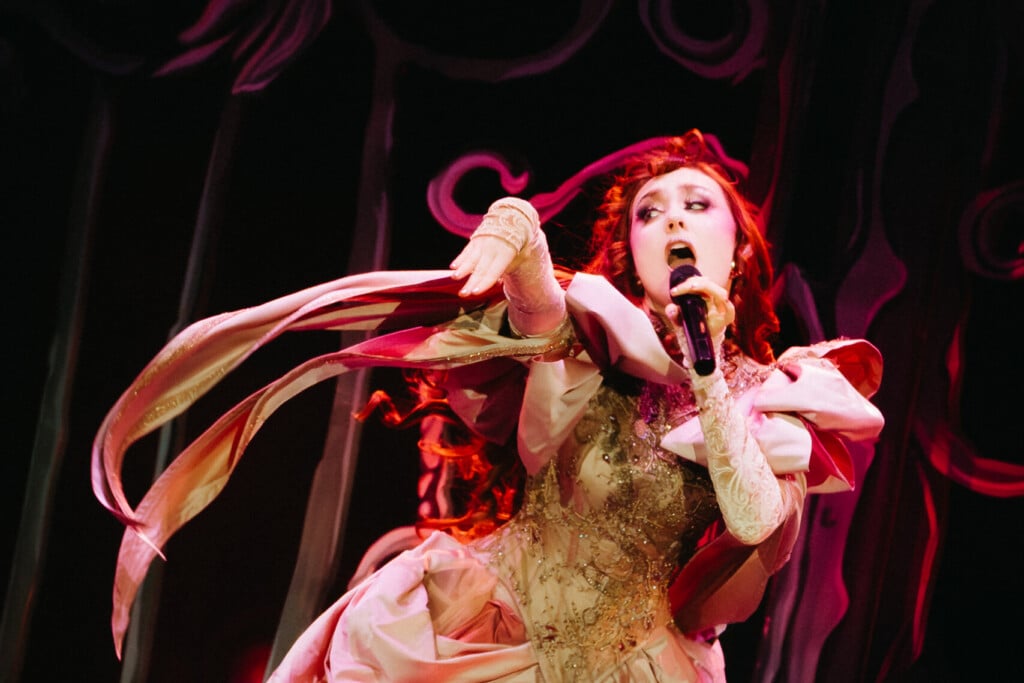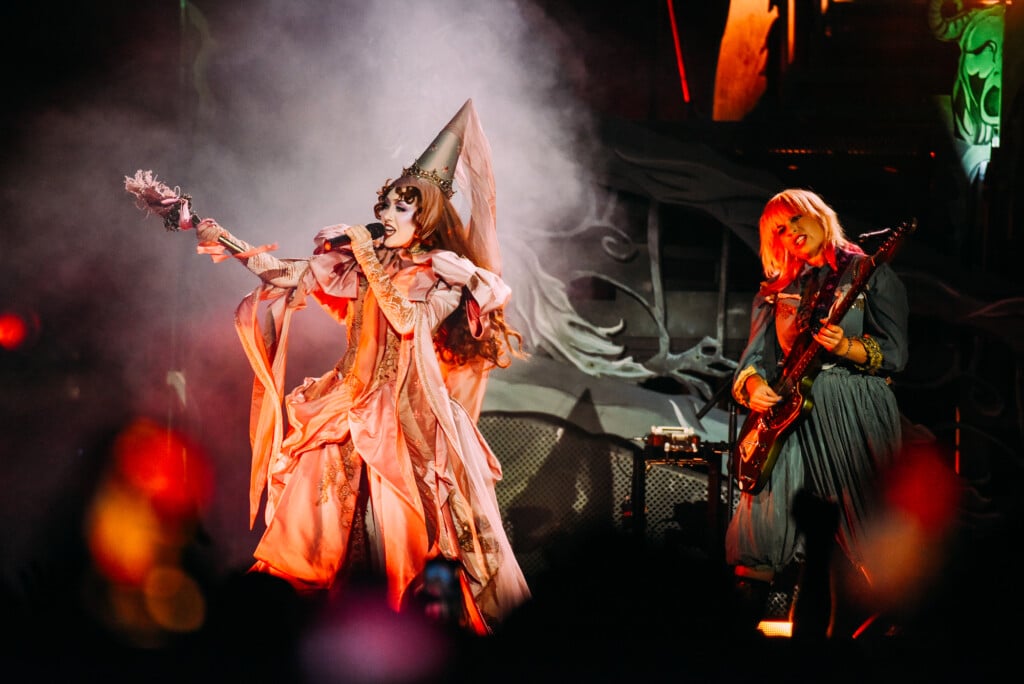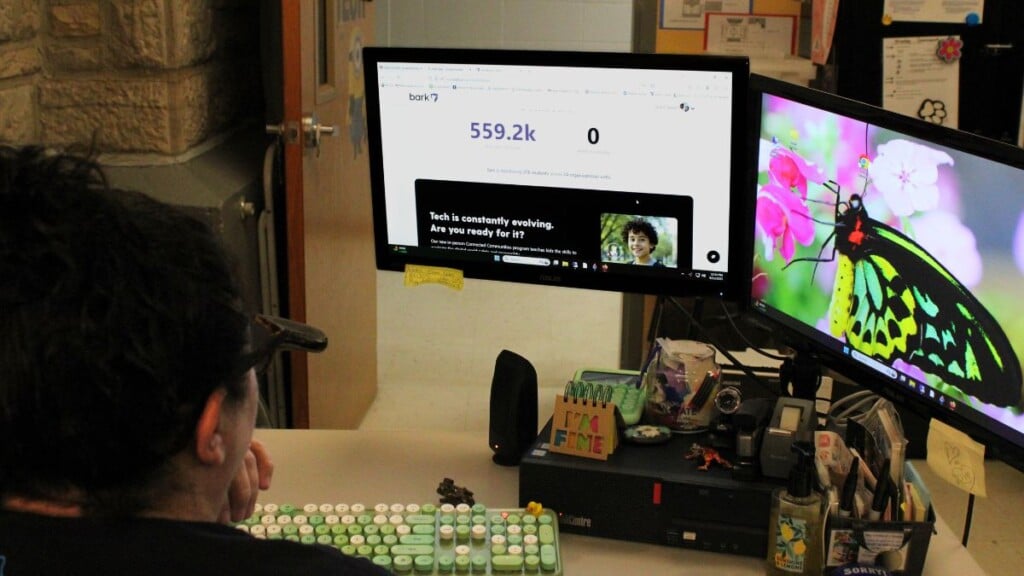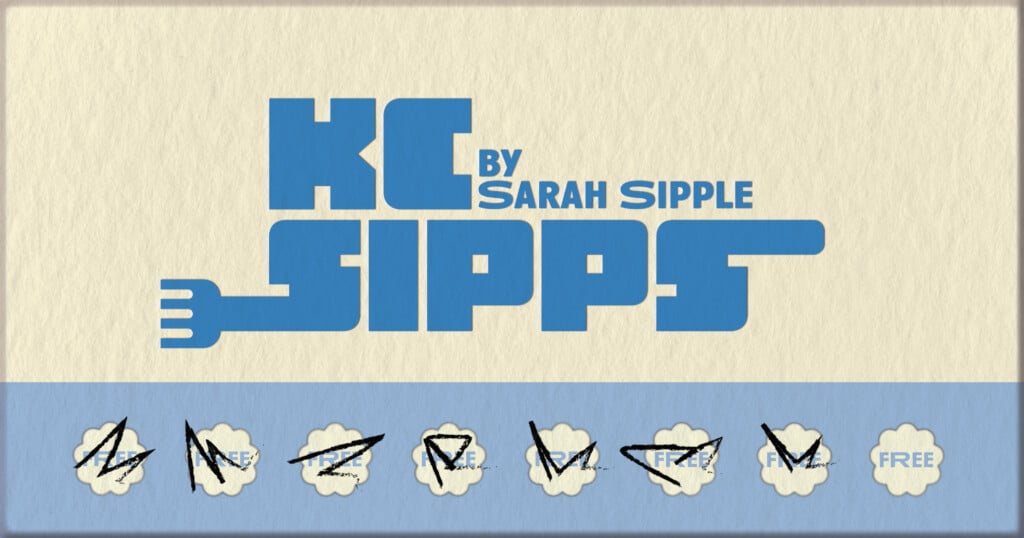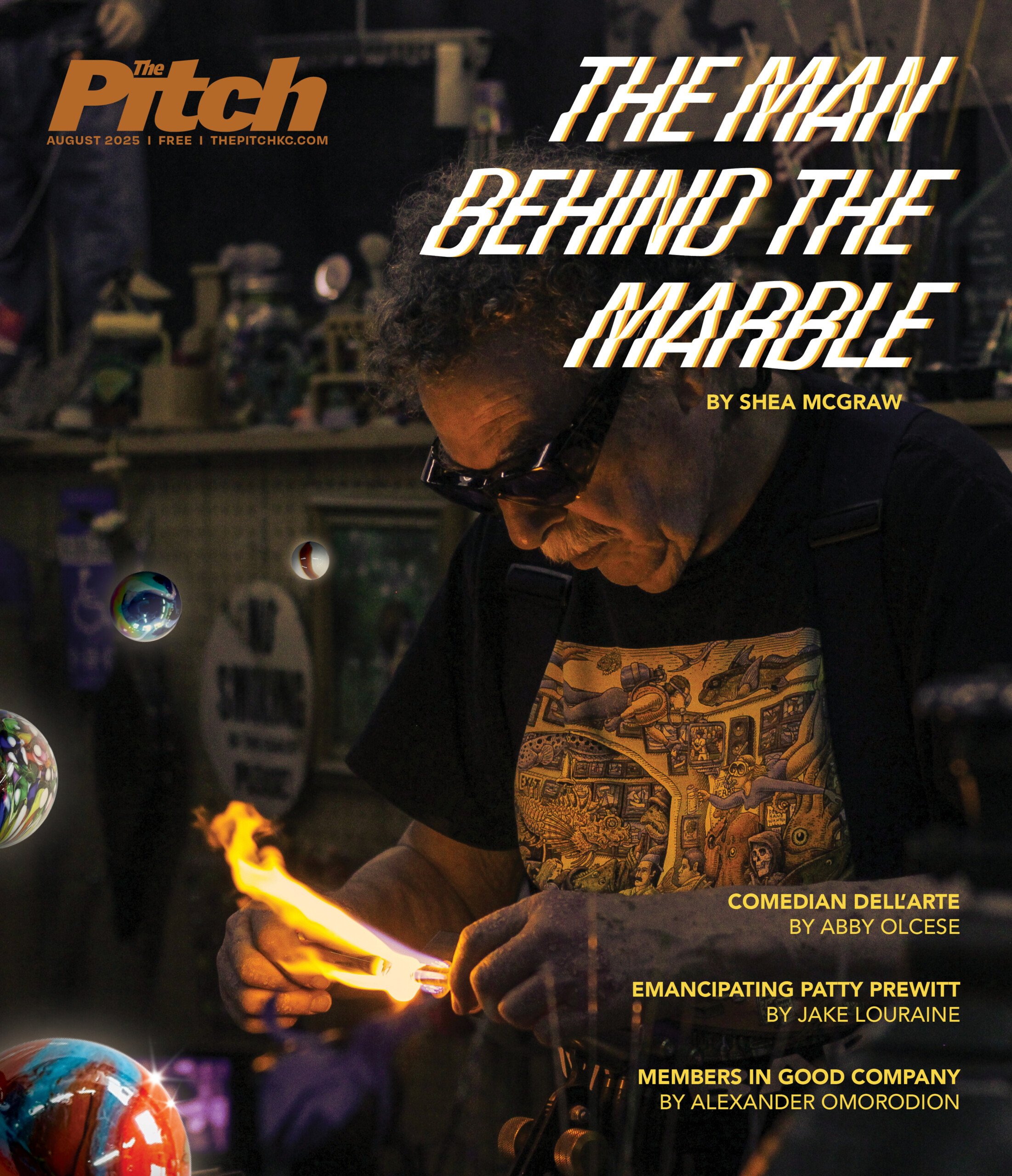New, Four rounds up interesting pieces by Art Institute faculty


What do Sid Vicious, America’s Got Talent and rhinestone undies have in common? More than you might think.
Pop culture and panties converge at the H&R Block Artspace this month in New, Four, a biennial exhibition featuring 17 artists who have joined the Kansas City Art Institute faculty within the past three years. Group shows can be tough to collate, but the Artspace’s arrangement neatly highlights a preoccupation with pattern among these disparate works.
David Steele Overholt anchors New, Four with two of the most entrancing pieces on display. “Make ’em Sing, Boys” employs custom software and a touch-screen monitor to flash fractured portraits of musical luminaries: Sid Vicious, Frank Sinatra, Jimi Hendrix, 50 Cent. The photos are fragmented into vertical strips, as if run through a digital paper shredder, and reassembled on the screen for you. Tap and you can fit strips of stars together like a puzzle; swipe your finger along the horizontal axis and you reveal a new face entirely. Rubbing back and forth seems to sharpen and define the focus, snapping segments into place. The result is a kind of electronic finger painting that allows the viewer to craft new combinations within Overholt’s amalgam of famous faces and features.
Secreted away in the back of the gallery, Overholt’s “Awaiting Adjudication” is no less engaging. The single-channel video loop isn’t strictly interactive, but it’s hard not to feel swept into a kind of emotional voyeurism as you watch its concentrated expressions of anxiety, hope and loss flit across the screen. The camera slowly zooms in on the faces of America’s Got Talent hopefuls as they await judgment, capturing glimpses of something human and intimate amid a spectacle of calculated theatricality. Tears glimmer in some competitors’ eyes; other people hesitate, uncertainty dancing across their features as they wait for a pronouncement. We wait with them, a vigil of anticipation that goes ungratified. The soundtrack underscores the corporate, chilly repetition of reality TV’s celebrity-minting machinery: a constant loop of applause and adoration sings over a pounding, ominous bass line.
Misty Gamble’s “Sunday” answers a different impulse. Her installation features 49 pairs of ceramic panties, hung in a balanced grid. Dusty purples and pinks emit a gentle femininity that seems at odds with the undies’ glitzy crotches: Glitter and rhinestones adorn the fun parts of a few pairs, and others shimmer as if dipped in liquid silver. Gamble perfectly captures in ceramic the fluid dynamics of fabric — each pair seems frozen in a recognizable ripple of a delicate undergarment splayed and flattened on the floor.
Corey Antis presents his mixed-media pieces within a similar grid aesthetic. “Untitled (Selected Drawings)” repeats and remixes visual tropes in a diverse collection eight drawings high and seven wide. The bold works range from bare depictions of isolated shapes and angles to involved sketches of the functional objects that embody them. The longer you gaze at the grid, the more patterns and themes emerge, until currents of connection blare from the paper.
Maura Cluthe’s “Arrange and Rearrange” also engages with pattern. The oil-and-enamel puzzle combines bright swatches into an intricate patchwork. Themed tiles of color and angular text are arranged on the canvas like pieces of a quilt; blocks patterned like crossword clues, wheel spokes and hourglasses pepper the surface with arrangements of their own. These constellations cluster in the upper-left corner, loosening and spiraling out like a nautilus across the canvas. Cluthe’s work traps you in a dizzying, fascinating maze of individual motifs, resisting attempts to impose on it a singular order.
The smooth, flat finish of David Terrill’s oil paintings at first suggests a simpler aesthetic, but the subject matter here is no less complex. Companion portraits “The Lost Love of Agrimony Bodge” and “The Fertile Mind of Helebore Mandrake” create a riddle of their own in the artist’s attention to comic dissonance. The fleshy figures of both pieces are trapped in somber poses, but Terrill stretches and skews their features toward the grotesque, leaving dignity behind.
“Bodge” highlights the asymmetrical features of a grieving woman with the air of a gothic cartoon: Her eyes rest at different heights, one clouded with a milky film, and her cheekbones are similarly imbalanced. “Mandrake” plays with proportions for comic contrast, the subject’s head ballooning over the rest of his body to dwarf his spindly, shrunken fingers. The tension between these stiff figures and elements of caricature lends a macabre sense of play to Terrill’s work. You feel a trace of guilt for ogling these sideshow acts, but not enough to pull away from them.
Playfulness is just one way these varied pieces end up cohering. The visual and thematic patterns on display suggest other shared concerns among KCAI artists as well, but New, Four lets us sort them on our own. It’s an exhibition that rewards our urge to extract meaning from some excellent new work.
